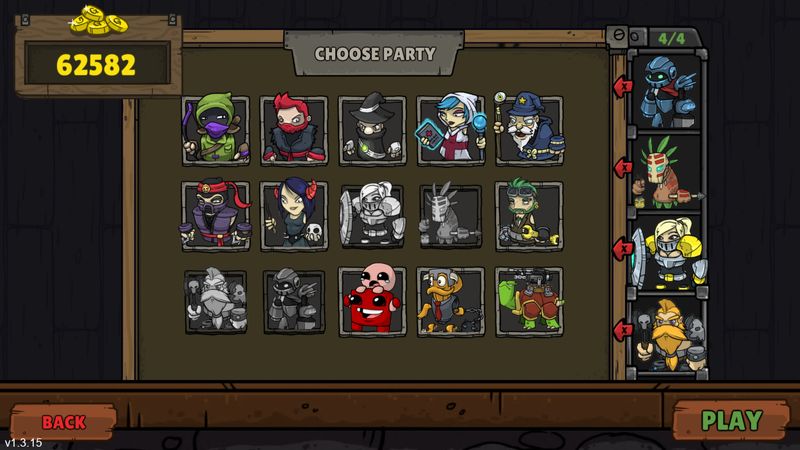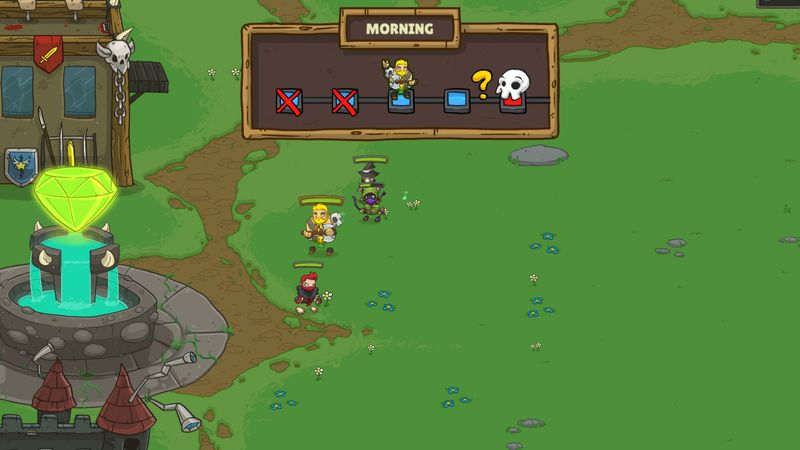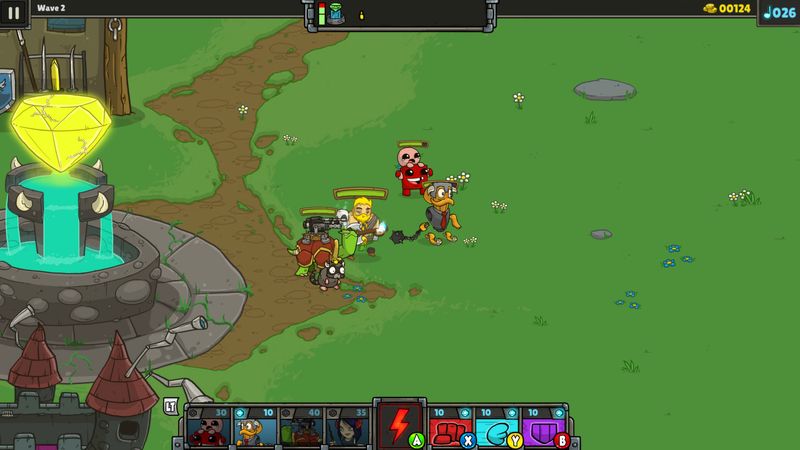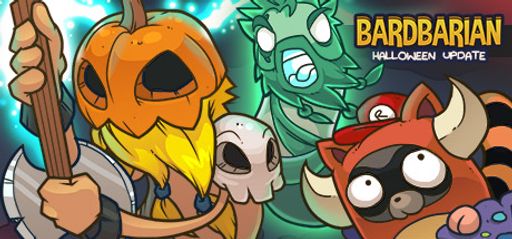I’ve completed every achievement in Bardbarian, and yet I still find its charm hard to resist. Originally released by TreeFortress Games on April 1, 2014, this hybrid tower defense–and–action RPG lets you play Brad the barbarian—except this time he swaps his battleaxe for a lute. As a result, you lead a musical assault on waves of invading monsters. Naturally, my completionist instincts drove me to master every upgrade, recruit every unit, and test every strategy. So, without further ado, here is my in-depth look.
Overall Impressions
At its core, Bardbarian blends tower defense, RPG, and bullet-dodging in a breezy package. Admittedly, it never reinvents the wheel, but it still fuses familiar elements with winning flair. In fact, its strongest asset is novelty: you spawn troops with musical notes and dodge projectiles on the front line. The campaign lasts about five hours—short by AAA standards but still tight and satisfying. Therefore, fans of casual strategy will relish the gentle learning curve, whereas hardcore gamers might crave more depth or challenge. Ultimately, compared to other indie hybrids, Bardbarian hits a sweet spot between accessibility and strategic choice.

Gameplay Mechanics
You control Brad directly, strumming melodies that place archers, mages, shamans, or tanks on the battlefield. Each note consumes rhythm points, which recharge over time. You dodge enemy fire in real time. The interface feels intuitive, and the controls respond without lag. Enemy waves escalate in toughness across twenty rounds. I unlocked more than fifteen unit types, plus hero and town upgrades. Units scale well, though boss encounters feel formulaic. Achievements and Steam leaderboards invite repeat runs. Overall, the core loop stays engaging from start to finish.

Story and Characters
Bardbarian’s plot embraces simplicity and humor. Brad wakes to his town under siege and decides to pursue his dream of music over bloodshed. He narrates with deadpan wit, and the NPC townsfolk offer charming, if minimal, dialogue. There’s no deep character arc, but Brad’s transformation from butcher to bard provides enough narrative tension. The world-building appears in flavor text and upgrade descriptions. It never distracts from gameplay, yet it sustains a lighthearted tone. I appreciated the small touches, like a drunken town crier upgrade and mystical “Pet” companions.
Visuals and Graphics
The art style is cartoonish and crisp. Brad and his foes animate with fluid, comic-book flair. Backgrounds remain static, but I found that approach kept focus on the action. Unit icons and ability effects pop against the battleground. The UI uses clear fonts and bright colors to signal cooldowns and resources. On my PC, I saw zero graphical glitches or crashes. While nothing pushes graphical boundaries, the visuals suit the pun-filled theme. They reinforce the game’s playful spirit without sacrificing clarity.

Sound and Music
Music drives both gameplay and atmosphere. Brad’s lute riffs underscore each wave of foes. The soundtrack leans upbeat and catchy, though I wished for more epic or dynamic tracks. Sound effects register each unit spawn and enemy hit with satisfying snaps. There’s no voice acting, but Brad’s text narration feels comedic enough. Audio never overwhelms the action, and volume controls let you balance music and effects. While not a showstopper, the score supports the core concept—music as weapon.

Difficulty and Replayability
Bardbarian scales from Casual to Insane difficulty. Casual players can breeze through by stacking upgrades. Insane mode throws tougher patterns but eventually succumbs to over-leveled units. Survival mode unlocks after the campaign, offering endless waves for leaderboard glory. I spent two extra hours chasing high scores and perfect runs. The small roster of units and static maps limits long-term replay value. Still, achievement hunters will find enough tasks to extend playtime. The developers engaged the community post-launch and added leaderboards by popular demand.

Trivia and Behind-the-Scenes
Bardbarian originally sprang from a Ludum Dare 23 jam entry in 2012, where its core concept was born; later, TreeFortress Games took that humble prototype and expanded it into the full commercial release we know today. Remarkably, the development team has always been just three core members, who have shepherded the game through its evolution—including a July 2014 patch that added a host of new upgrades along with a beloved pet system. The game’s enduring charm is reflected in its Steam reception, where it earned a “Very Positive” tag from over 1,200 reviews.

Final Thoughts
Bardbarian packs a surprising level of polish into a brief, genre-blending experience. Its accessible gameplay loop and playful premise make it easy to recommend. Completionists will adore the achievements and leaderboard challenges. Casual strategy fans will appreciate the lack of frustration. Those seeking deep RPG progression may find it slight. Overall, Bardbarian stands out for its musical twist on tower defense and its sheer fun factor.
Rating: 4 out of 5 stars


